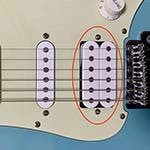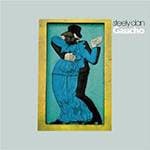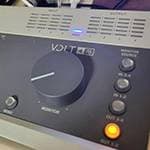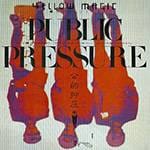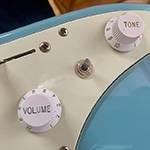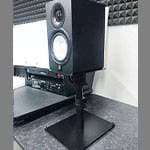This article is an overview of the most recent free SunVox Tracker version. This time, we are going to take a look at one of the most defining features of tracker-style music software, particularly the uniquely idiosyncratic Pattern Editor. It’s an incredibly powerful tool and it’s one that reveals more of its flexibility the deeper you explore it.
That said, much of the control is done via hexadecimal values, which can make it feel opaque and intimidating, especially for those without any programming background.
Understanding the Pattern Editor
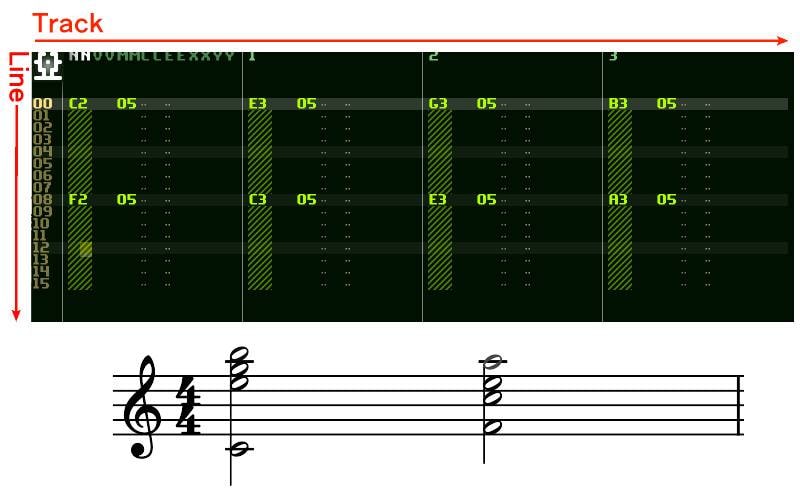
The vertical axis represents time being processed from top to bottom. Each row is called a line, and by default, one line corresponds to a 1/16th note. The default length is 32 lines, but this can be adjusted to any value, even to unrealistically high numbers. In practice, keeping phrases short tends to make editing and management easier.
The horizontal axis is referred to as tracks in SunVox (other trackers might call these channels). You can adjust the number of tracks from 1 to 32, but keeping this number minimal is generally better. Fortunately, SunVox supports simultaneous playback of multiple patterns, which allows you to use fewer tracks per pattern. For example, you can create patterns with just a few tracks and then combine them to build your arrangement.
In trackers, it’s possible to place multiple instruments (sound sources) within a single track. This is something that most DAWs wouldn’t typically allow, but early trackers were limited to just 4 tracks, so this kind of specification became the norm.
However, for the sake of readability and ease of editing, organizing every instrument per track might be more appropriate in a modern workflow.
On the other hand, when playing chords, each track is monophonic—meaning you'll need as many tracks as there are voices in the chord. So, for a 4-note chord, you’ll need 4 tracks.
In the image above, the pattern repeats CM7 and FM7 every two beats. Since these are seventh chords (four notes each), four tracks are used.
This classical limitation might feel restrictive, but it's part of the tracker tradition and something to embrace.
The meaning of the values shown in each track for NNVVMMCCEEXXYY is as follows:
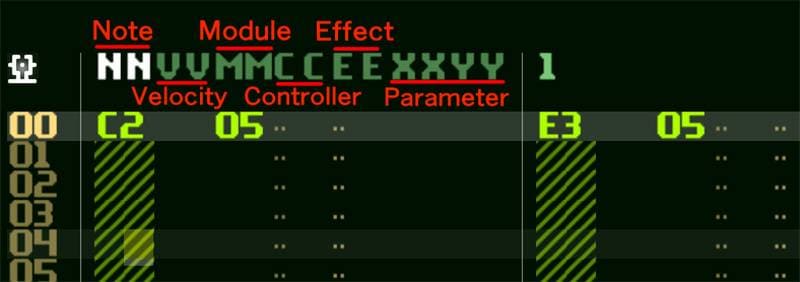
The pitch (NN) is notated as C3, which may feel unfamiliar or uncomfortable for some users. You need to have a clear mental connection between notes and their letter names—Do = C, Mi = E, So = G, and so on.
Note length isn’t explicitly specified; the sound will continue to play until the next instruction comes along.
The CC (Controller), EE (Effect), and their parameters XXYY are the most "tracker-like" elements of the interface.
They cover a wide range of functionality, from basic performance-related actions like pitch control, portamento, and subtle timing shifts, to parameter control of individual modules.
In that sense, they’re comparable to automation in DAWs.
However, everything is controlled using hexadecimal values, so it’s difficult to know what's happening just by looking at the numbers.
Even data you created yourself can become indecipherable after a few months.
This is a very “tracker-esque” characteristic, so it’s not very user-friendly.
CC (Controller) and EE (Effect)
CC allows you to control parameters within a module.
It functions similarly to automation in a DAW, but since everything is controlled numerically, it can feel a bit intimidating or difficult to get used to.
EE, on the other hand, represents a more traditional aspect of trackers.
You can access EE from the Pattern menu via Set Effect.
There’s a fair number of them available, as shown below (not included in this excerpt).
You’ll need to test each one individually to understand how it behaves, including their usability, and the overall learning curve is quite steep.
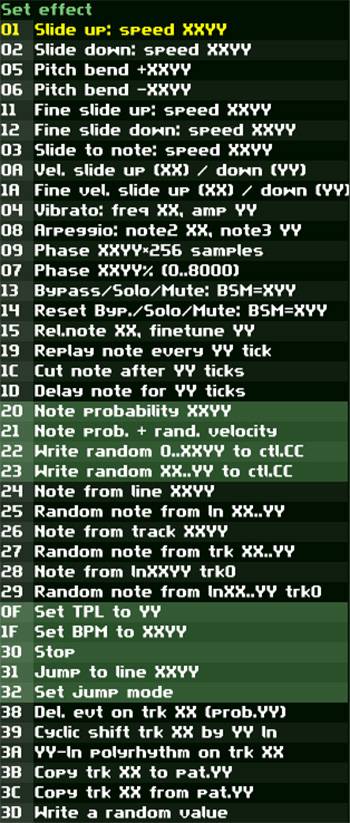
While some of the things EE can do might be achievable through other functions in SunVox, EE becomes very powerful when you want to control things precisely and exactly how you imagine.
When You Want to Use Triplets
You’ll likely run into situations where you want to use triplets like in the musical example below. In SunVox, there are two main approaches to handle triplets:
- Temporarily switch to triplets, using the default settings.
- Set your entire project to be triplet-based.

Using Triplets Temporarily
Personally, I recommend using the effect EE 1D (Delay) to implement triplets.
The 1D Delay effect lets you shift the timing of a note by ticks, allowing for fine control over rhythmic placement.
- In the default settings of SunVox, a quarter note = 24 ticks
- Since 24 ÷ 3 = 8, you can space triplet notes 8 ticks apart.
To create the triplet rhythm shown in the score, you would enter note data like below. You might get confused by the delay values, so I’ve added a quick reference to the tick math for clarity.
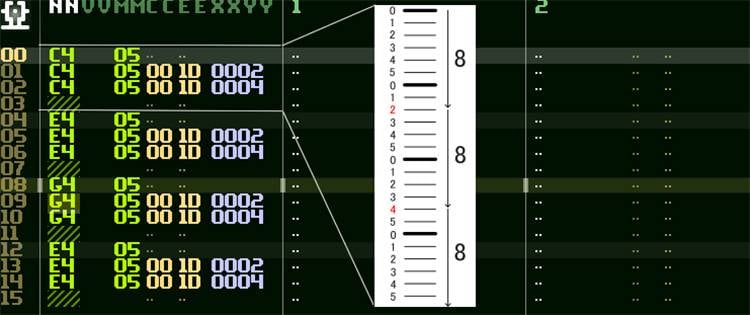
Setting Triplets as the Basic Grid for the Entire Song
If you want to make triplets the default rhythm for the whole piece, like in jazz, it’s better to change the project settings. The default highlights in the editor don’t suit triplets well.
Here’s how to adjust it to fit one measure of triplets in 4/4 time using ticks and line count:
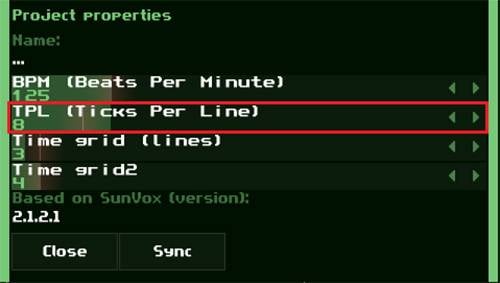
1. Open Project properties from the main menu.
2. Adjust TPL (Ticks Per Line) to match the BPM timing:
- Since 24 ticks = quarter note by default,
- Divide 24 by 3 → 8 ticks per line (to fit triplets),
- Set TPL to 8.
3. This means 3 lines now equal one quarter note.
4. Set Time grid (used for line highlighting, not sound) to 3 to highlight every 3 lines—matching triplets visually.
5. Leave Time grid 2 at the default of 4, which is typically used to mark measures.
6. In Pattern properties, set Number of lines to 12.
- This equals one measure of 4/4 with triplets (3 lines per quarter note × 4 quarter notes).
Now the editor grid fits triplets perfectly, and the BPM reflects quarter notes properly. When you input notes according to this setting, the sound will be exactly the same as the temporary triplet method, but the whole project will be set up with triplets as the basic rhythmic grid.
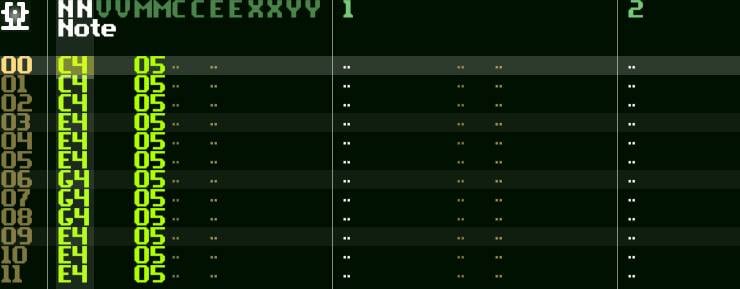
Summary
Here, I only introduced how to implement triplets, but the pattern editor is incredibly vast, so you can use it in surprising ways and with a lot of creativity. Especially by skillfully using CC and EE, you can achieve things that are difficult in DAWs.
This concludes my introduction to SunVox. Since SunVox is a music production program that works solely on a computer, it’s convenient for quickly trying out musical ideas on the go. The fact that the program is compact is a big advantage.
The “sound & person” column is made up of contributions from you.
For details about contributing, click here.






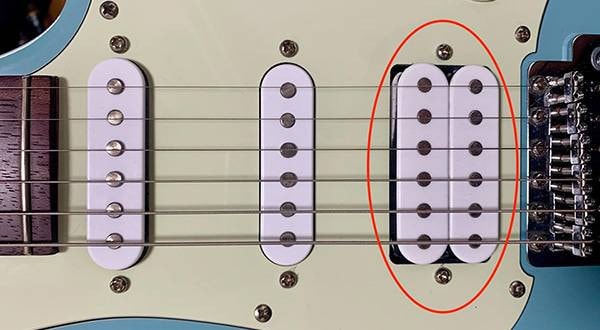

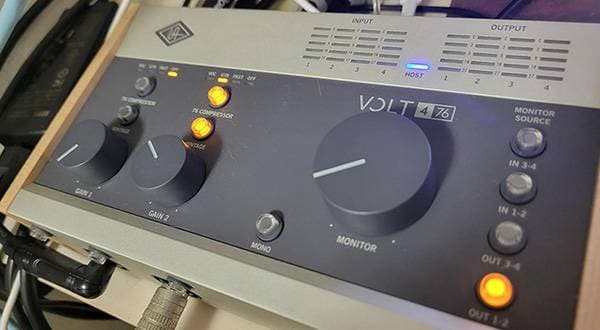
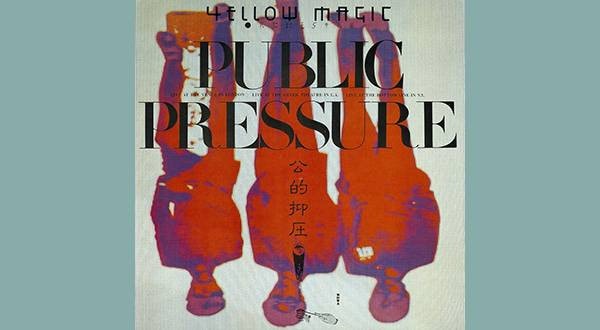
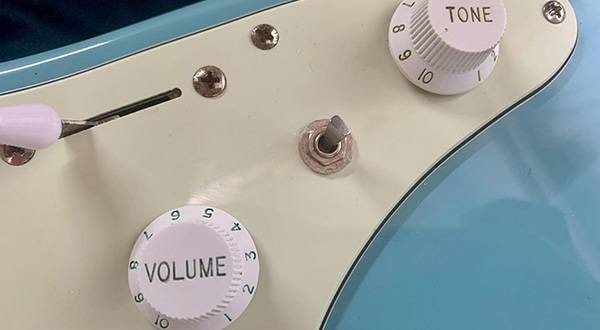
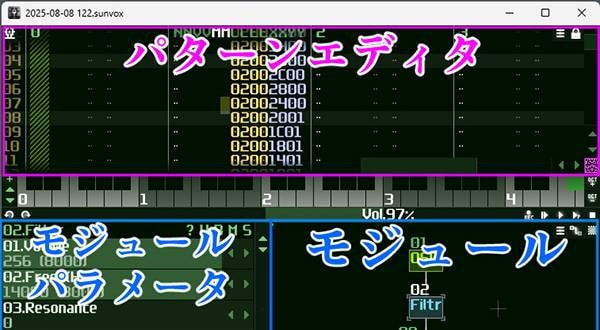
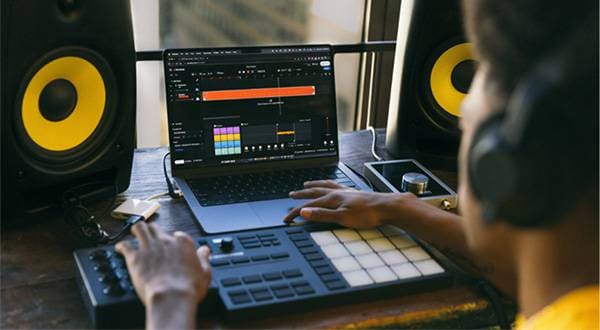
![Start Recording Instantly! [Multitrack Recorder]](/contents/uploads/thumbs/5/2021/11/20211119_5_15208_1.jpg)
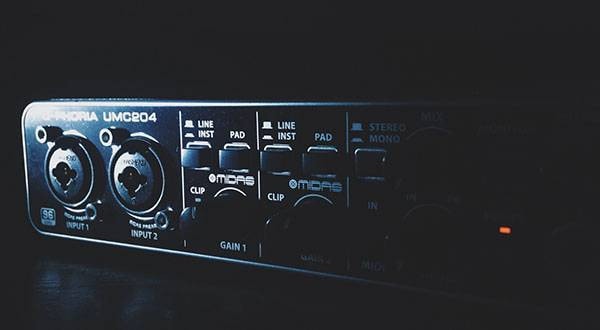

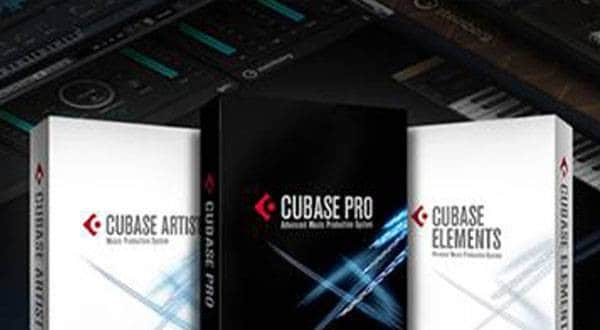
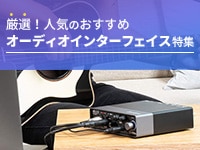 厳選!人気のおすすめオーディオインターフェイス特集
厳選!人気のおすすめオーディオインターフェイス特集
 ZOOMマルチトラックレコーダー Rシリーズ比較表
ZOOMマルチトラックレコーダー Rシリーズ比較表
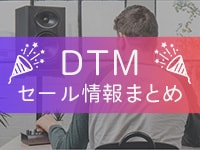 DTMセール情報まとめ
DTMセール情報まとめ
 スタジオモニタースピーカーを選ぶ
スタジオモニタースピーカーを選ぶ
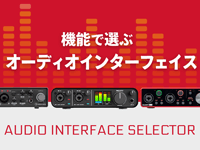 機能で選ぶ オーディオインターフェイス
機能で選ぶ オーディオインターフェイス
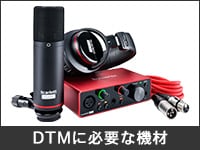 DTMに必要な機材
DTMに必要な機材
